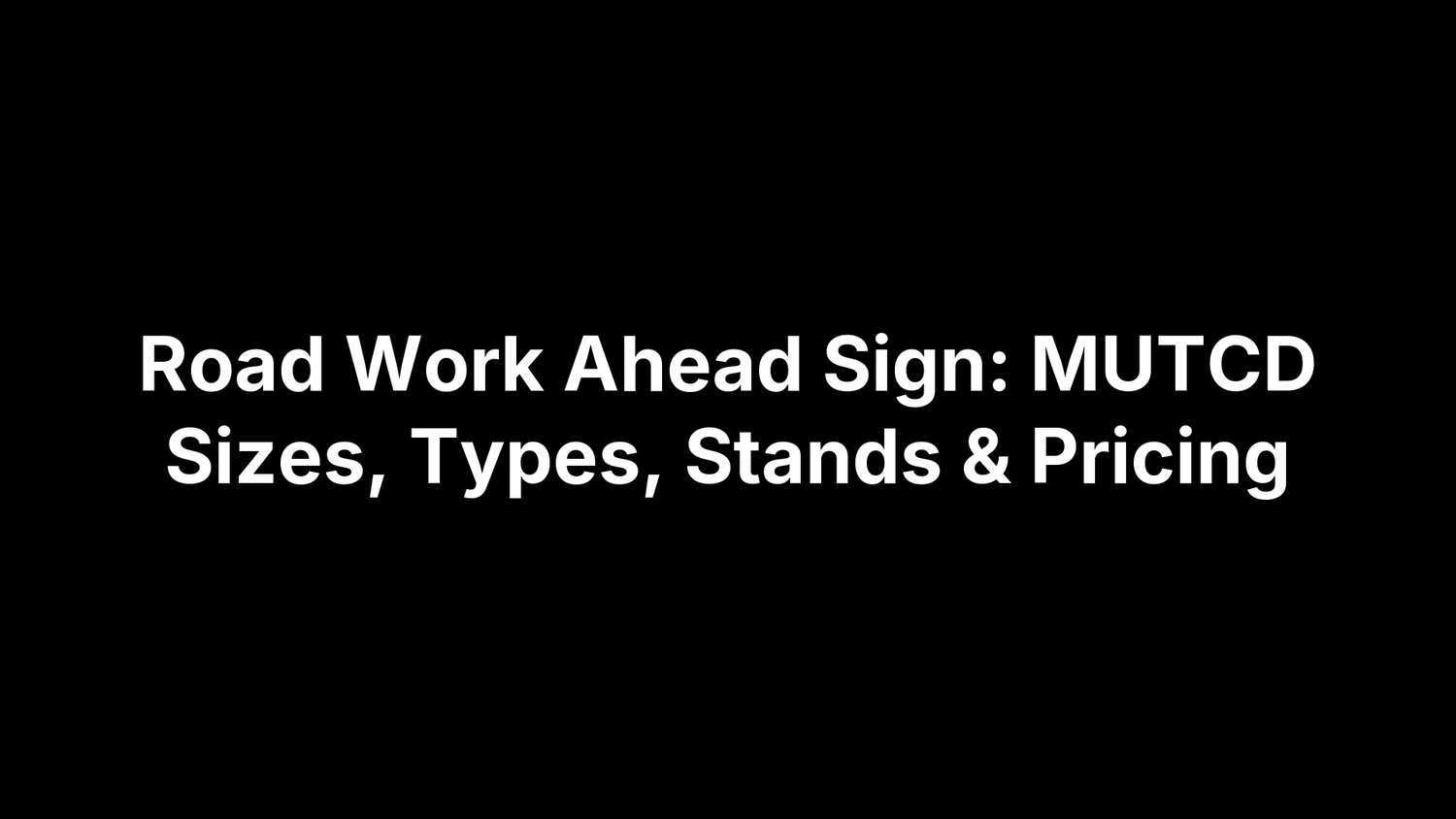News
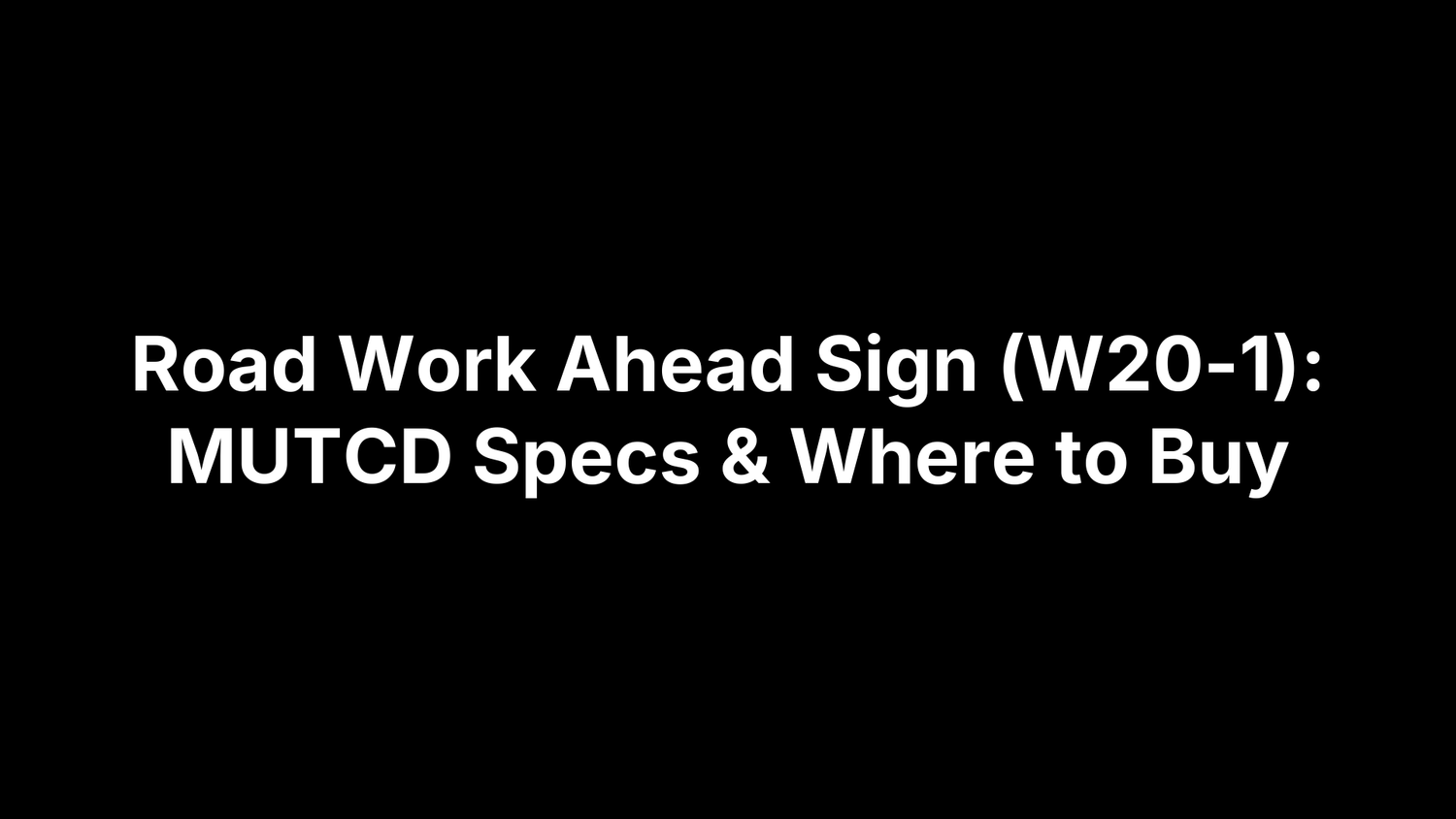
Road Work Ahead Sign (W20-1): MUTCD Specs & Where to Buy
The Road Work Ahead sign (W20-1) warns drivers that construction or maintenance work is happening on the road ahead. This orange diamond shaped sign gives motorists time to slow down and stay alert fo...
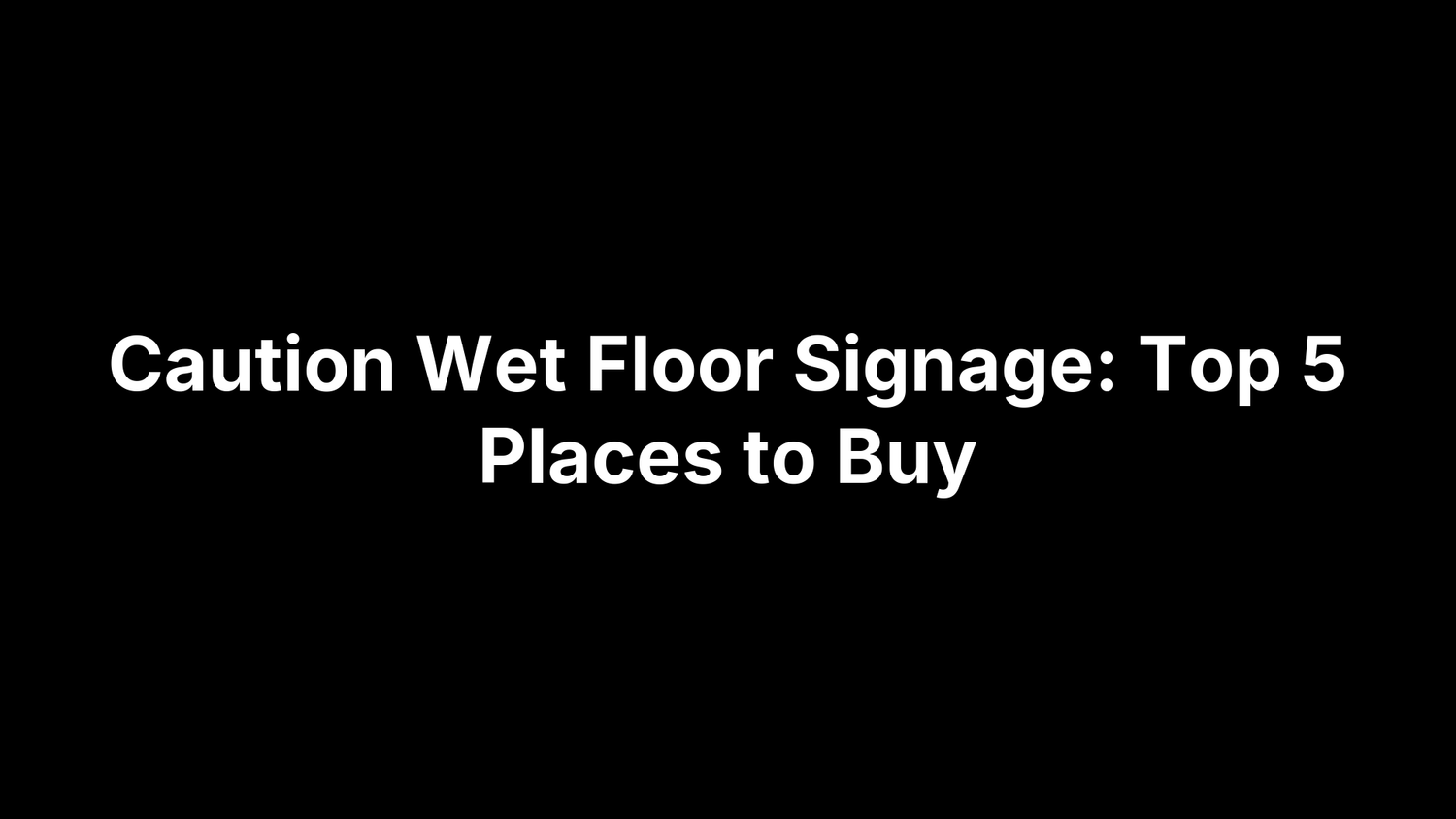
Caution Wet Floor Signage: Top 5 Places to Buy
Slip and fall accidents cost businesses thousands in workers' compensation claims and potential lawsuits. You need reliable wet floor signage to protect employees and visitors, but finding the right s...
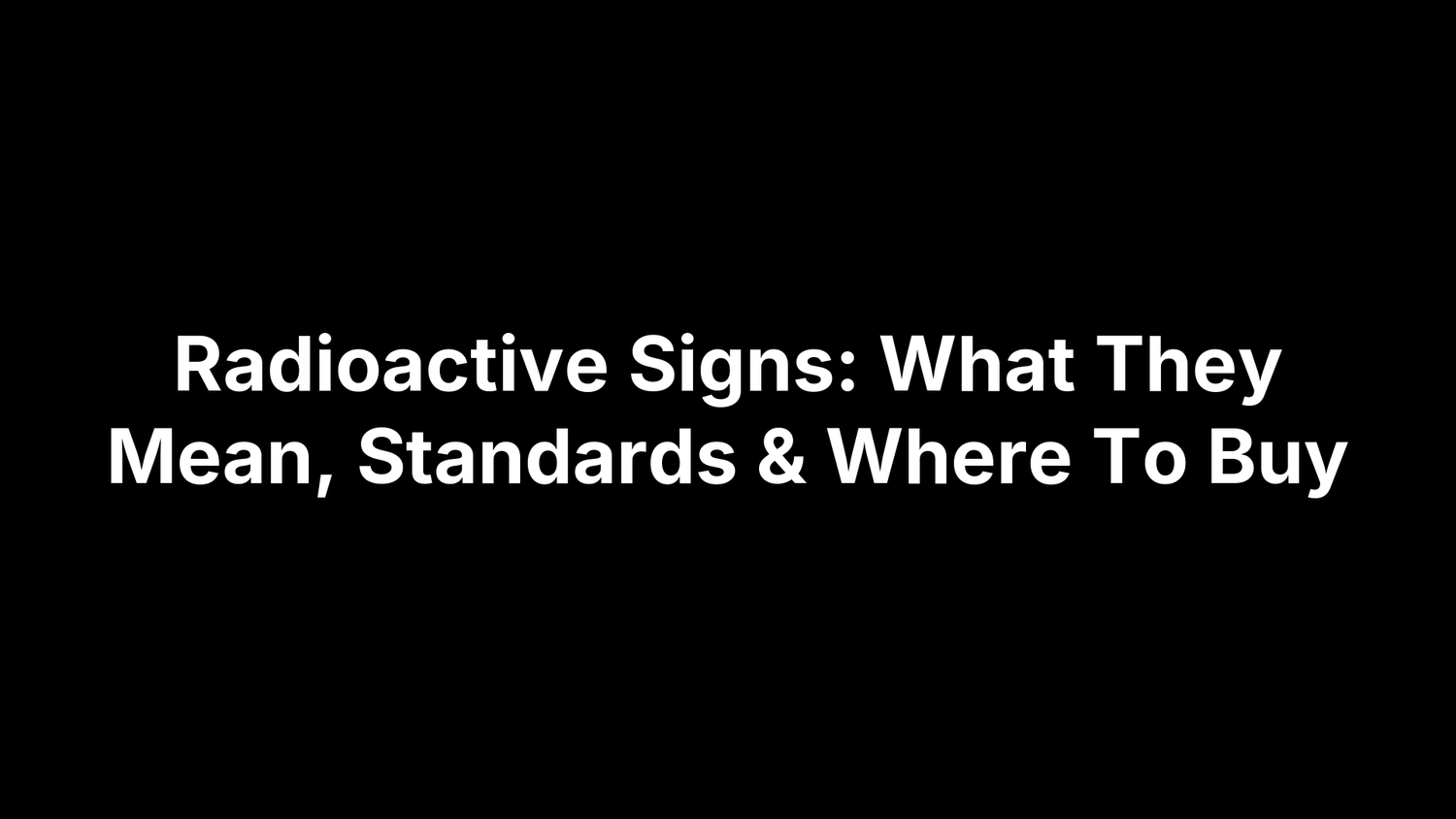
Radioactive Signs: What They Mean, Standards & Where To Buy
Radioactive signs are safety warnings that use the trefoil symbol to alert people to ionizing radiation—think X‑ray rooms, sealed sources, nuclear gauges, and radioactive material storage. The symbol...

Symbol of Handicap: Meaning, Standards, and How to Use It
The symbol of handicap—more accurately, the International Symbol of Access (ISA)—is the familiar white wheelchair figure on a blue field. It signals that a space, service, or route is designed to be a...
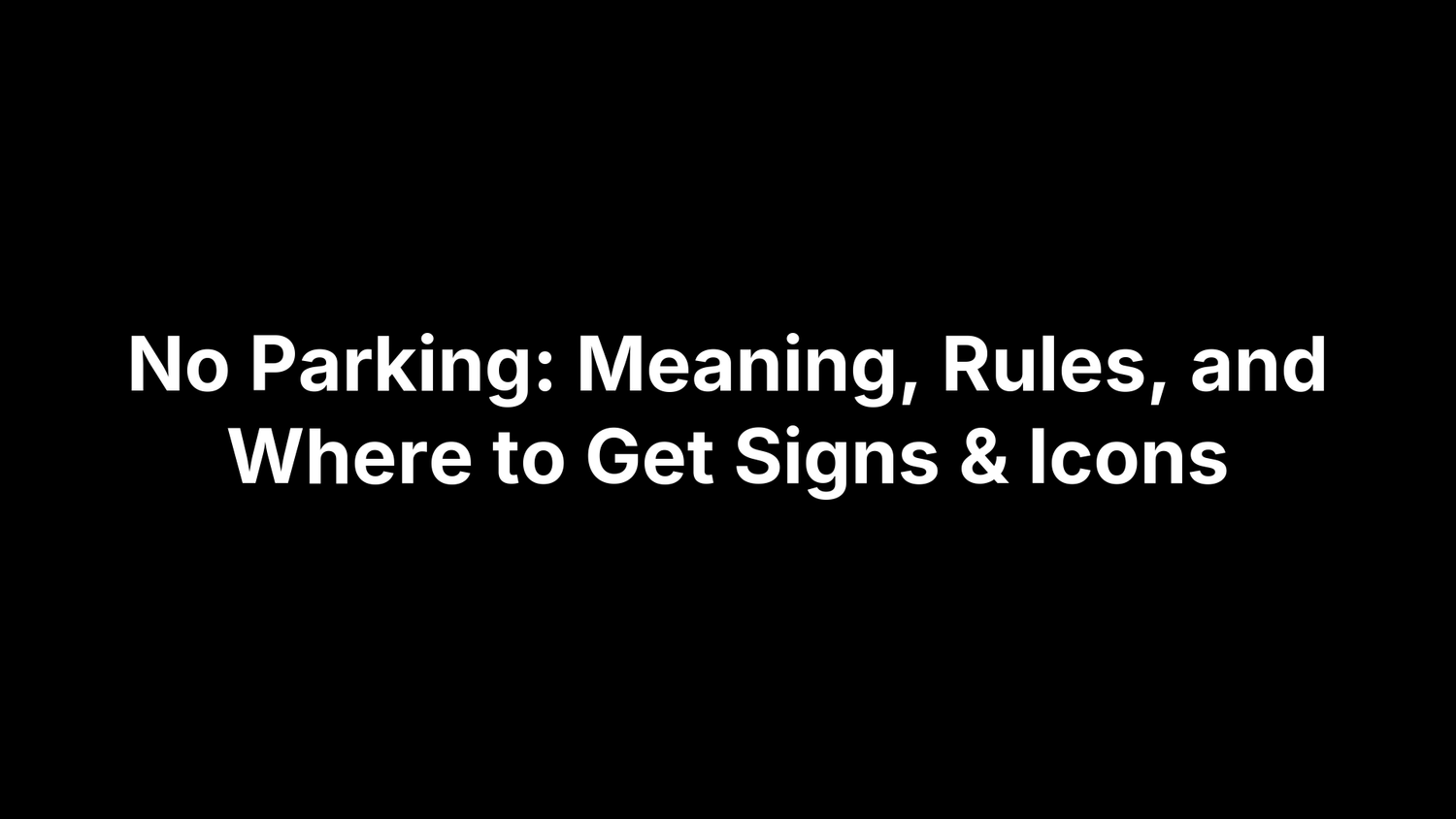
No Parking: Meaning, Rules, and Where to Get Signs & Icons
“No parking” means you can’t leave your vehicle unattended in that space. In many places, you may stop briefly to let passengers in or out or to load and unload, but you’re expected to keep the car mo...

Custom Parking Signs: Options, Pricing, Laws & Where to Buy
Custom parking signs are made-to-order signs that tell drivers where they can and can’t park—tailored to your property. You choose the exact message (Reserved, No Parking, Visitor, EV, Accessible), ar...

Top 8 Places for Custom Exterior Signs: Materials & Costs
Choosing custom exterior signs shouldn’t feel like guessing between materials you’ve never handled and prices that swing wildly. You need something that survives sun, rain, wind, and winter; looks on-...
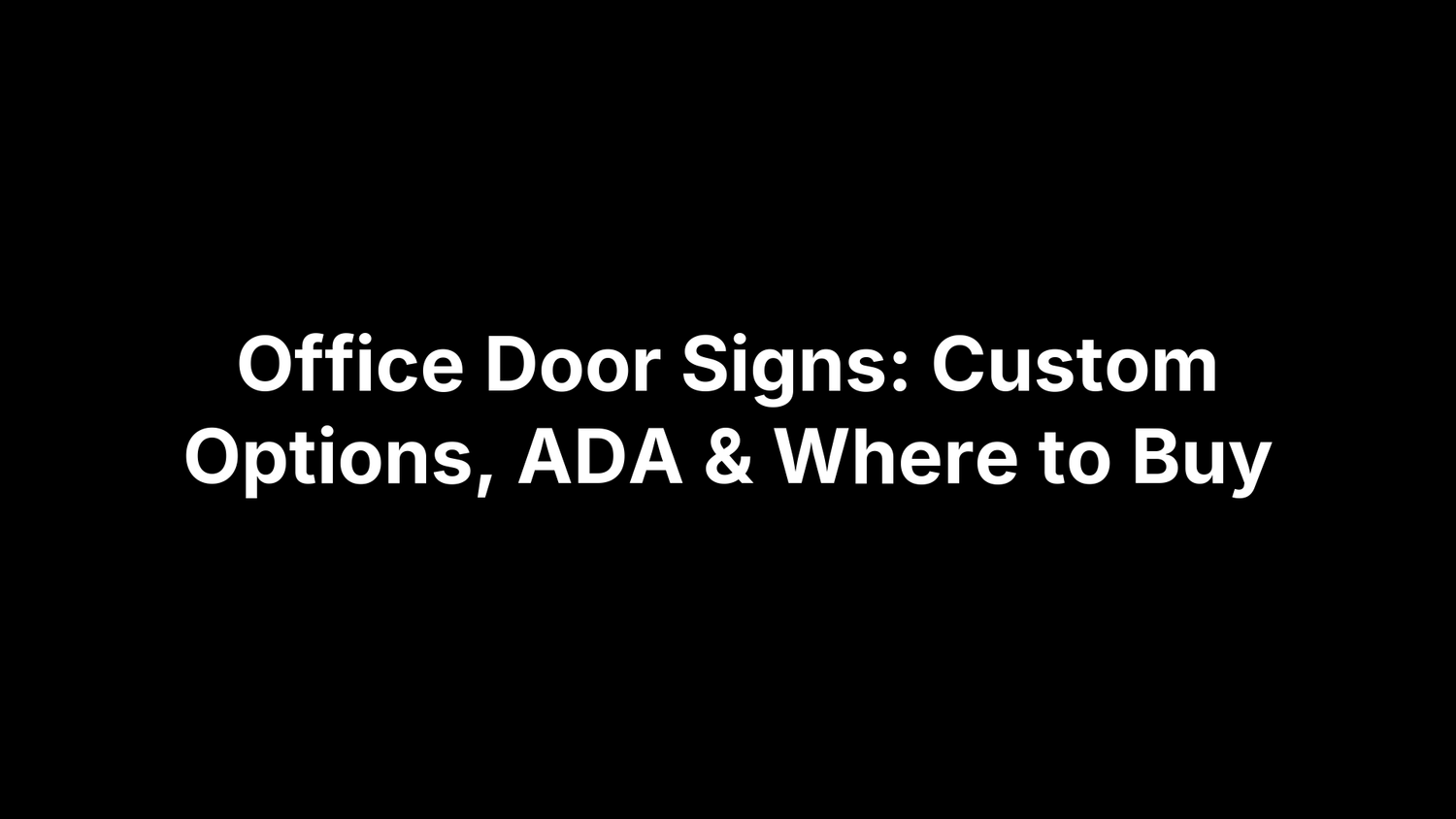
Office Door Signs: Custom Options, ADA & Where to Buy
Office door signs are the labels and nameplates you mount on or near a doorway to identify a room, guide visitors, or share status and rules. Think “HR,” “Conference A,” “Restroom,” “Janitor,” “Occupi...
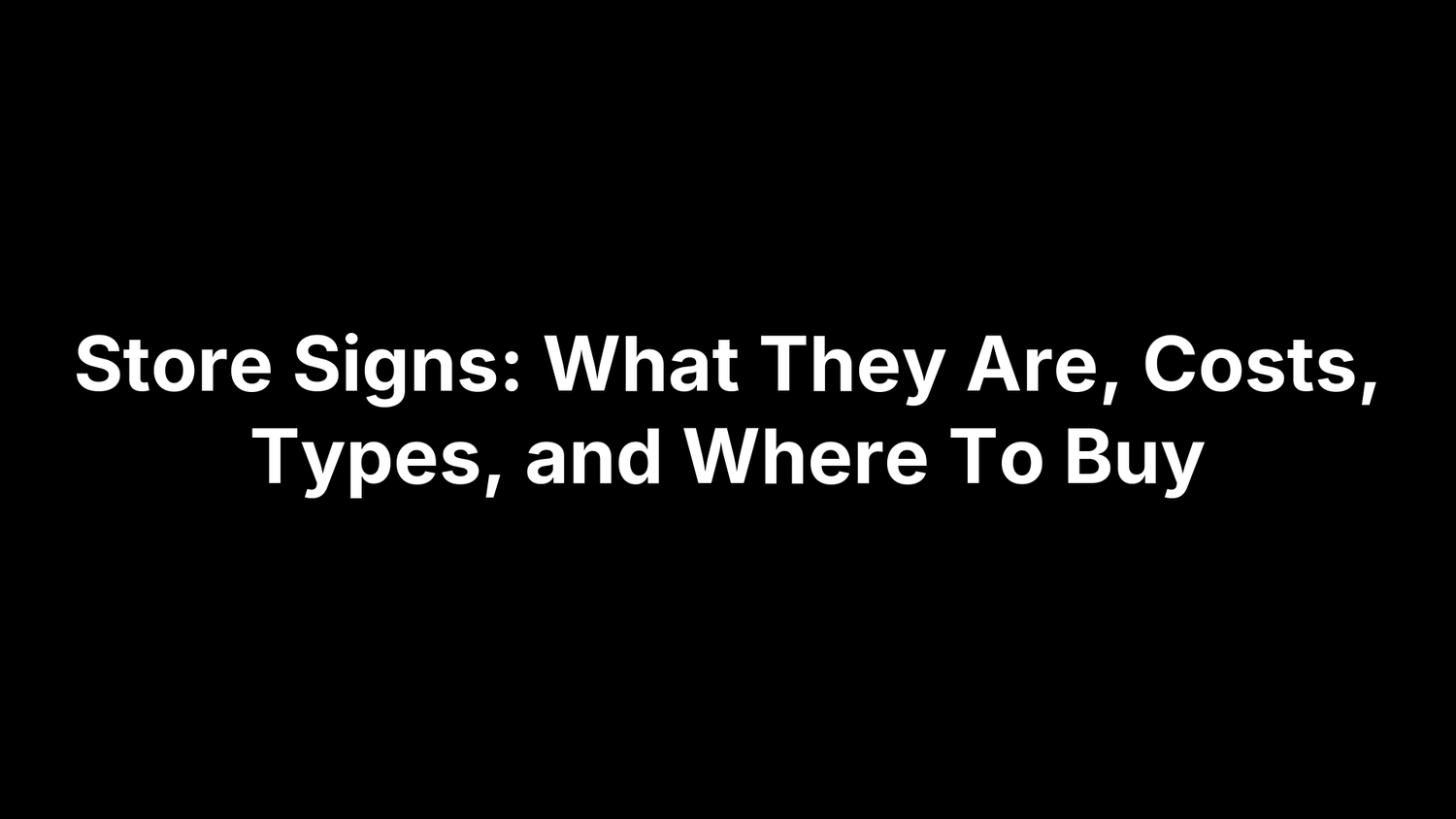
Store Signs: What They Are, Costs, Types, and Where To Buy
Store signs are the visual cues that tell people who you are, where to enter, and why to come in. They include everything from big letters on the building and projecting blade signs to window graphics...

Top 5 Out of Service Sign Templates (Free) and Where to Buy
When a restroom, elevator, or critical piece of equipment goes down, you need an Out of Service sign that’s clear, fast to deploy, and appropriate for the setting—whether that’s a quick printable for...

Commercial Signage: Costs, Types, and Top Providers (2025)
Choosing commercial signage isn’t just picking a logo and hanging it up. You’re balancing visibility, code compliance, brand consistency, weather resistance, power needs, and a budget that could range...

The Complete Guide To The Symbol For Corrosive (GHS/WHMIS)
The symbol for corrosive is the GHS/WHMIS corrosion pictogram: two test tubes dripping liquid onto a hand and a metal surface, both visibly being eaten away. It warns that a substance can cause severe...

Parking Stickers: 8 Best Places to Buy Custom & Bulk Online
Keeping a lot organized shouldn’t feel like policing a parade of mystery cars. Whether you manage an apartment complex, school, corporate campus, or HOA, the right parking stickers make it easy to spo...
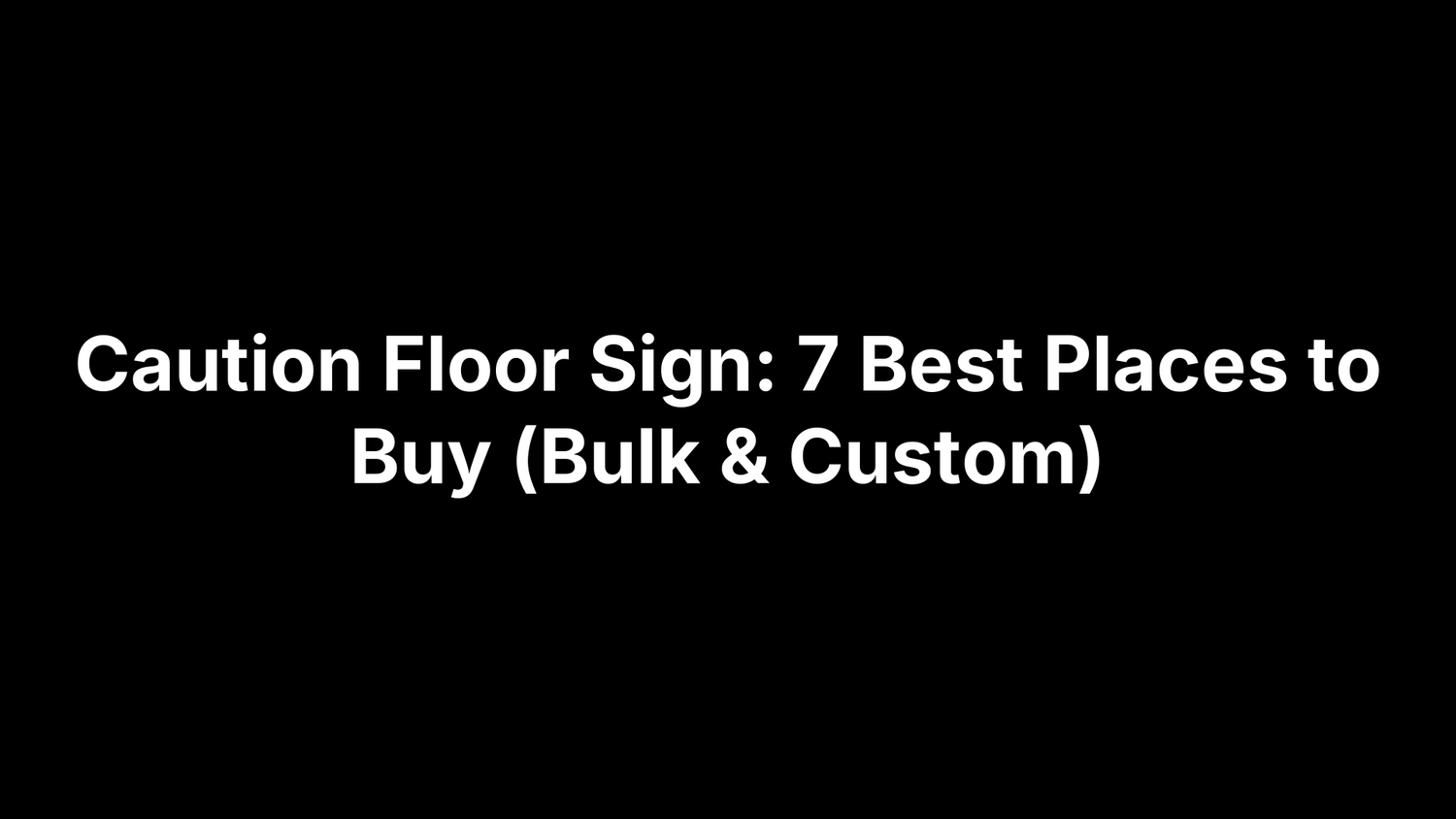
Caution Floor Sign: 7 Best Places to Buy (Bulk & Custom)
Slip-and-fall incidents don’t wait for a purchase order. When you need a caution floor sign, you need the right option fast—something durable enough for daily mopping and forklift traffic, visible fro...


